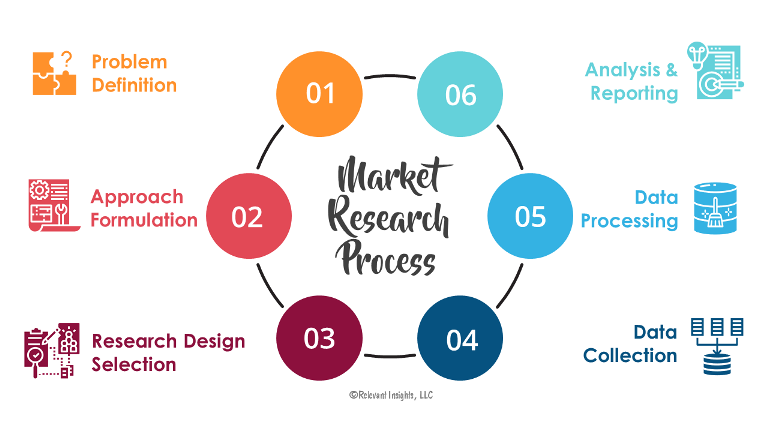In today’s fast-paced world, businesses can’t afford to fly blind. Whether you’re launching a new product, expanding into a new market, or just trying to understand your customers better, market research is your compass. But what is market research, really? And how can you do it the right way?
Let’s dive into the details, step by step.
What is Market Research?
Market research is the process of gathering, analyzing, and interpreting data about your target market, industry trends, competitors, and customer behavior. It helps businesses make informed decisions rather than relying on guesswork.
Think of it as taking the pulse of the market before making big moves.
Why is Market Research Important?
Without solid research, you’re just throwing darts in the dark. Here’s why it matters:
- Understand customer needs: You get insights into what your target audience truly wants.
- Spot market opportunities: Discover gaps in the market or unmet needs.
- Reduce risks: Make data-backed decisions and avoid costly mistakes.
- Stay ahead of competitors: Know what others are doing and how you can do it better.
- Improve marketing efforts: Refine your message based on real feedback.
Types of Market Research
Depending on your goal, there are different ways to gather data. The two main types are:
1. Primary Research
This is first-hand information collected directly from the source.
Examples:
- Online surveys and questionnaires
- One-on-one interviews
- Focus groups
- Product testing
Use Case: Want to understand why customers aren’t buying your product? Ask them directly.
2. Secondary Research
This involves analyzing existing data that’s already out there.
Sources include:
- Industry reports
- Government statistics
- Competitor analysis
- Academic studies
Use Case: Need data on market size or demographics? Use published sources.
How to Do Market Research (Step-by-Step)
Let’s break it down into actionable steps:
Step 1: Define Your Objective
What’s the purpose of your research? Are you:
- Testing a new idea?
- Analyzing competitor strategies?
- Evaluating customer satisfaction?
Clarity is key.
Step 2: Identify Your Target Audience
You need to know who you’re researching. Define your buyer persona:
- Age
- Location
- Interests
- Income
- Pain points
This helps you create more relevant surveys or interview questions.
Step 3: Choose Your Research Method
Decide whether you’ll conduct primary or secondary research — or both.
- Want unique insights? Go primary.
- Need broader industry stats? Go secondary.
Step 4: Collect the Data
Use tools like:
- Google Forms or Typeform for surveys
- Zoom or Skype for interviews
- Google Trends and Statista for secondary data
Make sure your questions are clear and unbiased.
Step 5: Analyze the Data
Once you have the responses, sort the data using tools like:
- Excel or Google Sheets
- Tableau or Power BI
- Google Analytics (for website behavior insights)
Look for patterns, trends, and anomalies.
Step 6: Draw Conclusions and Take Action
Based on your findings:
- Adjust your marketing campaigns
- Improve your product features
- Tweak pricing strategies
- Reposition your brand
Tools for Market Research
Here are some of the best tools (free and paid) to boost your research game:
| Tool | Purpose |
|---|---|
| Google Trends | See what’s trending in search |
| SurveyMonkey | Create and share surveys |
| SEMrush | Competitive analysis & SEO data |
| BuzzSumo | Content and influencer insights |
| Ubersuggest | Keyword and traffic analysis |
| Social Mention | Real-time social media analysis |
Common Mistakes to Avoid
Even seasoned marketers make errors. Watch out for:
- Biased questions
- Too small sample sizes
- Ignoring competitor data
- Outdated sources
- Not acting on the insights
Market research is only valuable if you use the findings.
Final Thoughts
Market research isn’t just a one-time task — it’s an ongoing process. The more you understand your audience and industry, the better your chances of long-term success. In a world full of noise, businesses that truly listen to their market win.
So, whether you’re a startup or a seasoned player, invest time in quality research. It’ll pay off — big time.
FAQs About Market Research
Q1. How often should I conduct market research?
At least once a year, or before launching a new product, entering a new market, or rebranding.
Q2. Is market research expensive?
It doesn’t have to be. Tools like Google Forms, AnswerThePublic, and Google Trends are free and effective.
Q3. Can small businesses do market research?
Absolutely. Even a few customer interviews can yield gold.
Q4. What is a market research report?
A structured document summarizing your objectives, data collection methods, findings, and recommendations.



